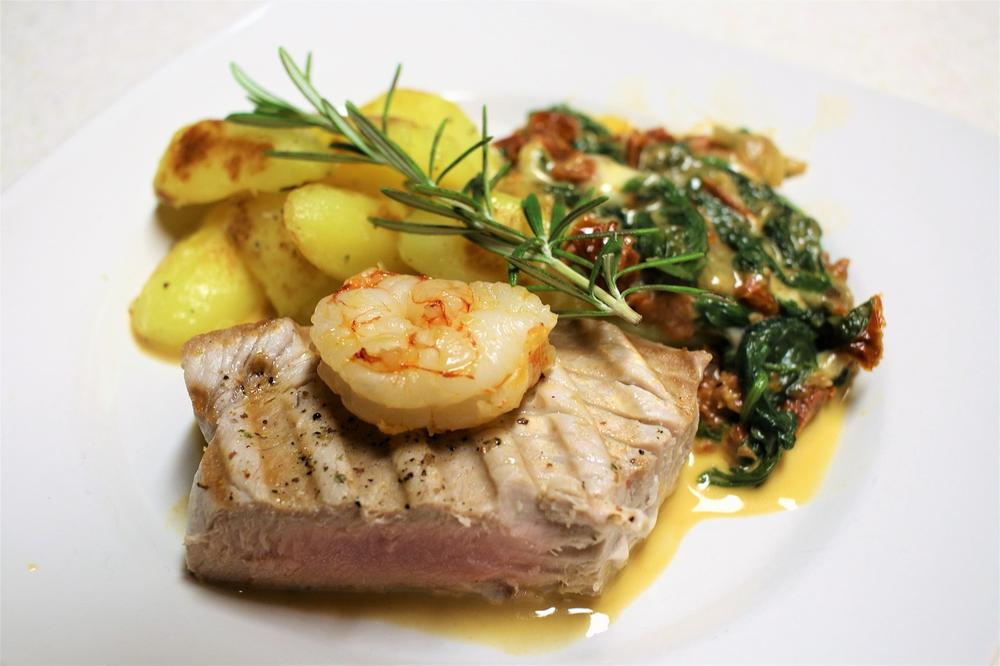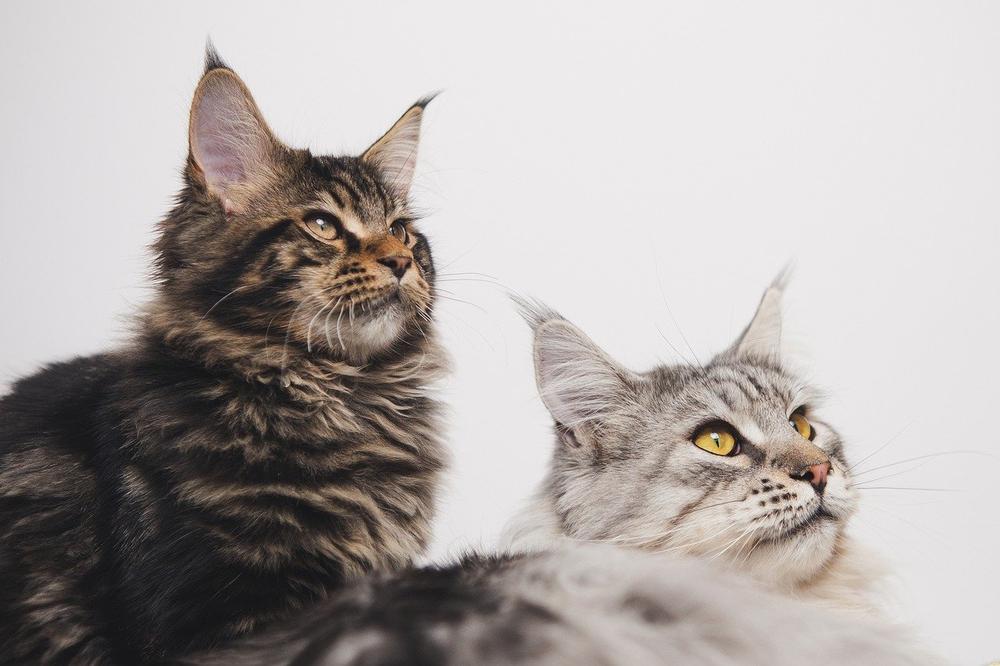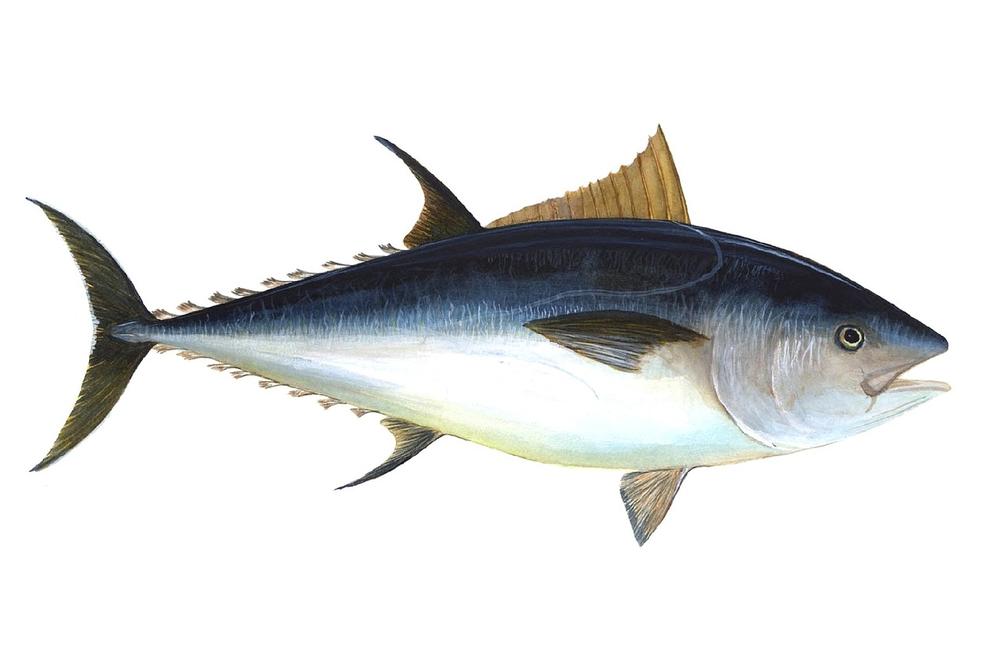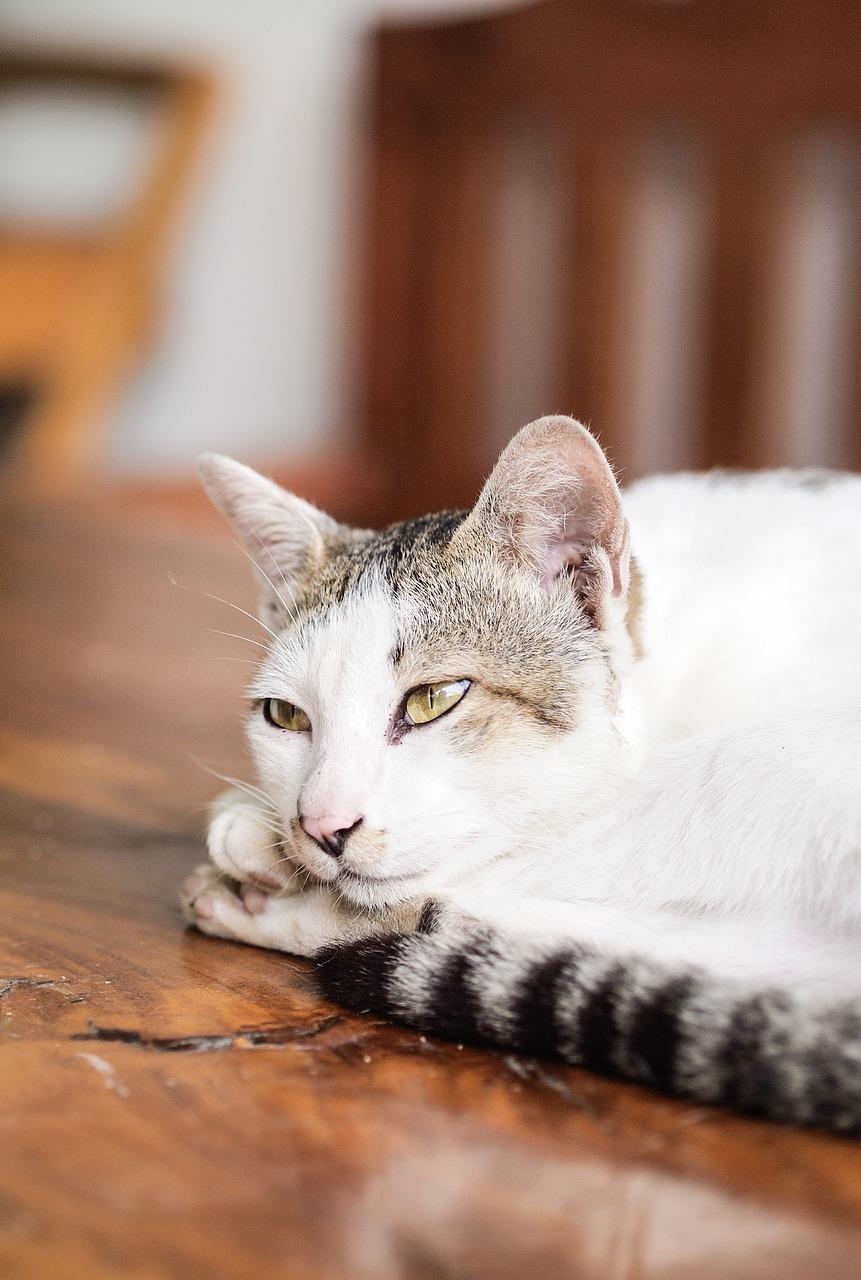Can CATS Eat TUNA? Everything Your Need to Know

You'll agree with me when I say:
Worrying about what's safe for our furry friends is HARD. 😔
It's like a constant tug-of-war between our hearts and our heads, imagining the worst case scenarios.
But hey, let's face this together.
Shall we find out?
Tuna Feeding Guidelines: Cats, Health Concerns, and Potential Risks
Feeding cats tuna can be tricky. Here's what you need to know:
- Watch the portion size—giving too much can lead to health issues from excessive calories.
- If anything weird happens after feeding your cat tuna, talk to a vet right away—they'll check for risks or problems.
- Giving cats raw tuna is risky because of bacteria. It's especially bad if your cat is young, old, pregnant, sick, or nursing.
- Cooked tuna without spices is best—it prevents brain damage and thiamine deficiency.
- Stay away from human tuna salad and canned tuna with tons of salt—it hurts their well-being.
- Tuna is okay as a treat, but don't let it become their main food—it can cause health issues if they eat too much or have it often.
- Choose the right kind of tuna—fresh or tinned in fresh water.
- Don't get tuna packed in brine or oil—it upsets their stomachs and has too much sodium.
- Go for sustainably caught tuna with the Blue Tick "MSC mark"—it helps protect the oceans and prevent overfishing.
Your cat can safely indulge in tuna and maintain good health by adhering to these guidelines.

And it gets worse...
High mercury levels in certain tuna varieties can pose a significant danger to your feline friend.
Here's what you need to know about the potential risks of mercury poisoning and how to choose the right type of tuna for your cat's health:
Tuna Is High in Mercury
Choose lighter tuna options like skipjack or yellowfin, as they have lower mercury levels.
Tuna meant for humans can be harmful to cats due to its high mercury content.

Albacore tuna, in particular, contains nearly three times the amount of mercury found in chunk-light tuna, making it highly toxic.
Regular consumption of tuna can lead to mercury poisoning in cats, resulting in symptoms like dizziness, loss of coordination, and balance. Treating this type of poisoning can be expensive, so considering pet insurance coverage is a smart move if there's a risk of mercury poisoning.
Different types of tuna have varying nutrient and mercury levels, with tuna generally having higher mercury content compared to other fish.
Not All Cats Can Stomach Tuna
If you're thinking of giving tuna to your cat, here are 10 crucial things to please keep in mind:
- Test their tolerance first.
- Start with a small amount and monitor their reaction.
- Remember, not all cats can stomach tuna.
- Tuna can be a major allergen for some cats.
- Look out for signs of intolerance or allergy.
- Itching, hair loss, and red/swollen skin may indicate an issue.
- Vomiting, diarrhea, gas, and loss of appetite are possible symptoms too.
- Some cats are allergic to fish in general, so tuna is a no-go.
- Consider seeking veterinary advice if your cat shows any negative reactions.
- Beware of tuna packed in oil or saltwater.
Seems like there's more to tuna than meets the eye! 😺

Always prioritize your cat's health and happiness above all else.
But here's something you may not know about tuna and cats...
The Benefits of Tuna for Cats
Tuna can really benefit your cat in several ways:
- You can use tuna as a tasty reward during training sessions to motivate your cat.
- The strong smell and flavor of tuna are perfect for picky eaters or cats who are temporarily not interested in food.
- Tuna is packed with important nutrients like calcium, zinc, potassium, phosphorous, and B vitamins that promote overall health for your cat.
- It's also great for weight management since it's low in calories and unhealthy fats.
- If your cat doesn't like the taste of medications, adding a small amount of tuna to their food can make them more likely to gobble it up.
- Omega-3 essential fatty acids found in tuna help reduce inflammation, lower cholesterol levels, and improve eye health, immunity, energy, and skin and coat health for cats.
- Plus, tuna supports healthy blood and nerve cells, cardiovascular health, and strong bones and muscles in cats.
With all these benefits, adding tuna to your cat's diet could be a wise move.
Just be sure to feed it in moderation and seek personalized feeding advice from your vet.

And here's the deal...
While tuna can be a beneficial addition to your cat's diet, you ought to understand how to incorporate it properly.
So, what are some important considerations when feeding tuna to cats?
Let's find out.
How Tuna Can Affect Cat Nutrition
| Aspect | How Tuna Affects Cat Nutrition |
|---|---|
| Nutritional Balance | Tuna alone lacks the necessary balance of nutrients required for cats. It is essential to combine it with other nutrient-rich cat food options to meet their dietary needs. |
| Calorie Intake | Tuna should make up only 10% of a cat's calorie intake to prevent health issues. Excessive or insufficient intake can lead to imbalances and potential aversions. |
| Meal Plan | Tuna can be offered as an occasional treat or used as a flavoring/ingredient in balanced cat food to prevent deficiencies and enhance palatability. |
Are you thinking about giving your cat some tuna?
Well, before you do, let me tell you why you must understand how tuna can impact your cat's nutrition.
I know cats love a tasty treat, but they also need a well-balanced meal plan to stay healthy. That means they require a mix of protein, fatty acids, vitamins, and minerals in their diet.
Now, here's the thing - tuna alone doesn't provide all the nutritional balance that cats need.
So, if you want to give them some tuna, make sure you pair it with other nutrient-rich foods.
Here's a helpful tip:
Check for calorie information on pet food labels. This will help you make smart choices when feeding your cat.
And now, pay close attention to this:
Don't let tuna make up more than 10% of your cat's daily calorie intake.
The rest should come from complete and balanced cat food designed for their life stage.
If you really want to give your kitty a tuna-filled feast, look for cat food options that have high levels of meat or protein, with tuna as the shining star ingredient.
But listen, you need to be cautious. If you offer tuna as a topper along with other foods, your cat might develop an aversion to it if they experience any discomfort while eating.
So, remember:
Moderation is key when it comes to tuna consumption. 👀
If your furball eats too much tuna regularly, they could end up deficient in vitamin E or develop a condition called steatitis.
That's why it's best to offer tuna as an occasional treat or as part of a balanced cat food recipe.
By the way, there are great alternatives out there!
Some cat foods come in tasty tuna flavors and are labeled as balanced and complete. These options ensure your furry friend gets all the necessary nutrients while satisfying their tuna cravings.
Never forget that our lovely kitties deserve a well-rounded and nutritious diet.
So, keep these tips in your mind when you decide to add tuna to their meals.
Well, now that you know how important it is to balance your cat's nutrition when it comes to tuna, let me share a crucial piece of advice with you.
If you want to ensure your furry friend stays healthy and happy, you should control their calorie consumption.
Yes, you heard me right!
Feeding cats excessive amounts of tuna can have serious consequences for their well-being.
Let's explore why this is such a pressing concern!
Why Cats Eating Tuna May Gain Weight
Feeding cats excessive amounts of tuna can lead to weight gain and health issues like diabetes and arthritis. You ought to practice portion control and offer a balanced diet to prevent them from missing out on essential nutrients and becoming overweight.
Is it safe for your kitty to munch on tuna?
Let's talk about that.
I mean, sure, cats love their fishy treats, just like us humans do.
But guess what?
Overdoing it can lead to some serious consequences. Picture this:
A chubby furball waddling around the house, struggling with diabetes and arthritis.
Not a pretty sight, eh?
Now, indoor cats like you have specific calorie needs.
The problem arises when we start bombarding them with too much tuna.

Just like humans, excessive consumption equals weight gain.
You don't want your feline friend turning into Garfield, do you?
But wait, there's more.
Not only will overfeeding lead to extra pounds, but it also prevents your cat from enjoying a balanced diet and trying out other yummy treats.
Variety is the spice of life, my friend... By exclusively feeding them tuna, they miss out on those essential nutrients.
It's like being trapped in a never-ending tuna bubble.
So, here's the deal.
When offering tuna to your furry companion, practice portion control.
Don't let those adorable eyes guilt-trip you into overindulging them. Remember, moderation is key, folks!
Too much tuna equals chunky cats and potential health complications ranging from chronic inflammation to heart disease, diabetes, and yes, even cancer.
Let's all strive to keep our beloved kitties happy, healthy, and absolutely fabulous!
Tuna: Weighing the Pros and Cons
Key Takeaways:
- Consult a vet if abnormal behavior occurs after feeding tuna.
- Cooking tuna without seasoning is recommended to prevent thiamine deficiency.
- Tuna should not be the sole diet for cats.
- Tuna salad made for humans and canned tuna with excessive salt levels are unsuitable for cats.
- Tuna should only be given occasionally as a treat, not a significant portion of their diet.
- Fresh or tinned tuna packed in fresh water, specifically light tuna like skipjack or yellowfin, is recommended.
- Avoid tinned tuna in brine or oil to prevent stomach upsets and high sodium intake.
- Choose sustainably caught tuna with the Blue Tick MSC mark to prevent overfishing.
- Albacore tuna has higher mercury levels and can cause mercury poisoning.
- Tuna can be a top food allergen for cats and may lead to various symptoms.
- Tuna is attractive to picky eaters and provides important nutrients.
- Tuna contains omega-3 fatty acids that benefit cat health.
- Tuna should be a small portion of a well-balanced meal plan.
- Pet food labels provide calorie information for informed feeding decisions.
- Tuna can be included in a cat's meal plan if combined with other healthy options.
And that wraps up today's article.
If you wish to read more of my useful articles, I recommend you check out some of these: Can Cats Eat Pecans, Can Cats Eat Crab, and Can Cat Eat Raw Fish
Talk soon,
-Sarah Davis